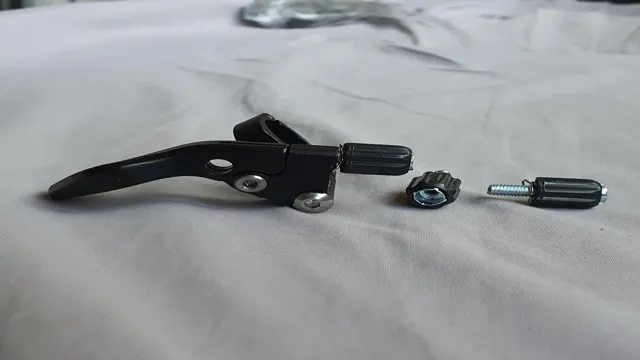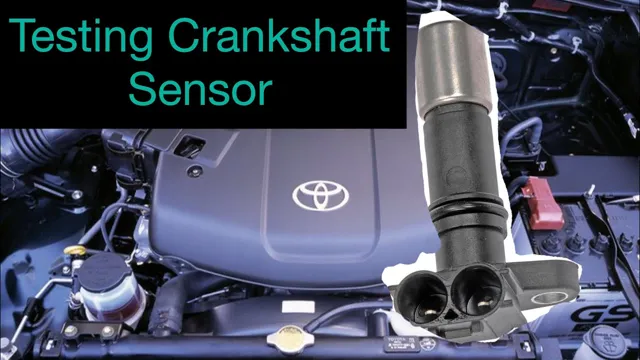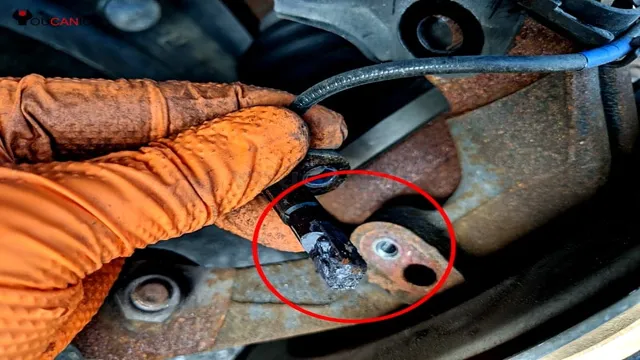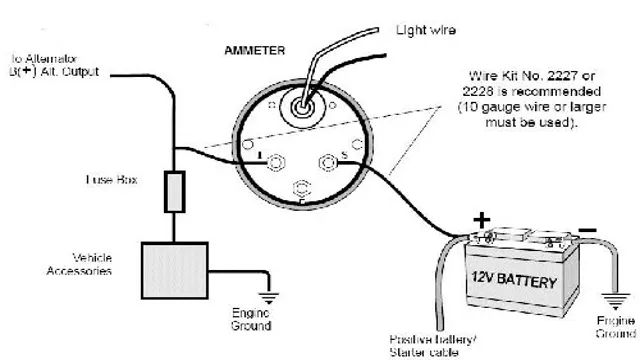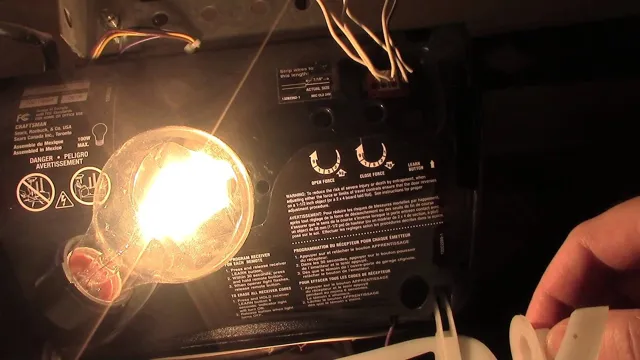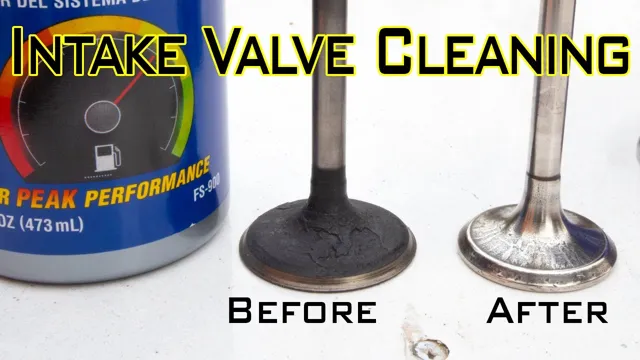Smooth Shifting: A Step-by-Step Guide on How to Adjust Your Shifter Cable Like a Pro
If you’re experiencing difficulty shifting gears on your bike, it’s time to adjust your shifter cable! This task may sound daunting, but anyone can do it with the right tools and patience. In this step-by-step guide, we’ll walk you through the process of adjusting your shifter cable, so you can get back to smooth, effortless gear changes. Think of it as giving your bike a tune-up—it’s a small task that can make a big difference in your ride.
Ready to get started? Let’s dive in and learn how to adjust your shifter cable like a pro.
Gather Tools and Materials
When it comes to adjusting your shifter cable, it’s important to have the right tools and materials on hand. Some basic tools you’ll need include a screwdriver, pliers, and cable cutters. In addition, make sure you have a replacement cable or any other necessary parts, such as housing or ferrules.
When choosing a replacement cable, make sure it’s the correct length and has the same ends as your current cable. It’s also helpful to have a bike stand or some way to elevate your bike, as this makes it easier to access the shifter and cable. Without the proper tools and materials, adjusting your shifter cable can be frustrating and time-consuming, so take the time to gather everything you need before you get started.
With the right tools on hand, the process will be much smoother, and you’ll be back to riding in no time!
Wrenches, pliers, cable adjuster tool, lubricant
When it comes to performing maintenance on your bike, having the right tools and materials is essential. Whether you’re adjusting the cables or adding lubricant to your chain, having wrenches, pliers, and a cable adjuster tool on hand can make a world of difference. Wrenches come in a variety of sizes and shapes, so it’s important to have a set that covers all your needs.
Pliers are also helpful for gripping and holding onto small parts while you work on them. For adjusting your brake and shifter cables, a cable adjuster tool is a must-have. And of course, lubricant is essential for keeping your chain running smoothly and preventing wear and tear.
So before you start working on your bike, gather all the tools and materials you need to make the job go smoothly. With the right tools in hand, you’ll be able to tackle any bike maintenance project with confidence.
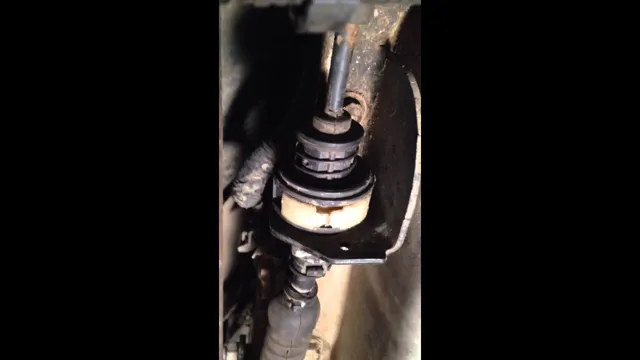
Locate Cable and Disconnect
When it comes to adjusting your shifter cable, the first step is to locate the cable and disconnect it from the gear lever. This may require you to remove any covers or panels that are blocking your access to the cable. Once you have a clear view of the cable, you’ll need to find the adjustment mechanism.
This can be a small barrel adjuster or a more complicated system involving multiple bolts or screws. The key is to identify the component that will allow you to tweak the cable tension and hence adjust the car’s gear shifting. Remember that the cable should be tight enough to provide positive shifts, but loose enough to avoid putting excessive strain on the gear lever mechanism.
Experiment with small adjustments until you find the right balance. With practice, you should be able to feel the difference in the way your car shifts and enjoy a smooth and responsive driving experience.
Underneath the vehicle, near the transmission
When it comes to locating the cable for your vehicle, it’s important to note that it can typically be found near the transmission. There are a few steps you’ll need to take in order to disconnect it properly. First, ensure that your vehicle is secure and on a level surface before crawling underneath it.
Next, locate the cable by examining the area around the transmission. Once you’ve found it, use a wrench or pliers to loosen it from the transmission. This should disconnect it and allow you to remove it from the vehicle.
It’s important to be careful and take your time while completing this process, as the cable is vital to the functioning of your vehicle. By following these steps, you’ll be able to locate and disconnect the cable from underneath your vehicle with ease.
Adjust Cable Tension
If you’re experiencing difficulty shifting gears on your bike, it may be time to adjust the shifter cable tension. To do this, first, shift your bike into its highest gear by using the shifter. Then, locate the barrel adjuster on the shifter or derailleur.
This will look like a small dial that you can twist with your fingers. Turn the barrel adjuster counterclockwise to tighten the cable and clockwise to loosen it. Make small adjustments in either direction until you feel the gears shift smoothly.
Don’t forget to test the bike by shifting through all the gears to ensure a successful adjustment. By adjusting the shifter cable tension, you should be able to get your bike shifting smoothly once again.
Use cable adjuster tool to tighten or loosen cable
When adjusting your bike’s cable tension, it’s important to use the right tool for the job. That’s where the cable adjuster tool comes in. This handy tool allows you to easily tighten or loosen your cable so that it’s just right for optimal performance.
To use the cable adjuster tool, start by locating the cable adjuster on your bike. This can typically be found on the derailleur or brake lever. Next, insert the cable adjuster tool into the adjuster and turn it clockwise to tighten the cable or counterclockwise to loosen it.
It’s important to make sure you adjust the tension evenly on both sides to ensure your bike shifts or stops smoothly. With a little practice, you’ll be able to adjust your bike’s cable tension like a pro. So why not give it a try and see the difference it can make in your ride?
Check Shift Mechanism
Adjusting your shifter cable can be a simple fix to ensure your shift mechanism is working properly. A misaligned shifter cable can cause a sluggish or jumpy shift, making it difficult to find the right gear, and in some cases, can even damage your transmission. The first step in adjusting your shifter cable is to locate it.
Often, it is connected to the derailleur on the back of the bike and the shifter on the handlebars. Once you have located it, adjust it using the barrel adjuster found near the shifter. Turning the barrel adjuster clockwise will increase the tension which will ensure that your cable is properly aligned, helping to eliminate any issues with your shift mechanism.
If you are unsure how to do this, or if your shifting problems persist, we advise consulting with a bike mechanic for further assistance.
Ensure proper shifting through all gears
One of the most significant aspects of owning a car is ensuring that it runs smoothly, and a crucial part of that is proper shifting through all gears. The shift mechanism is a complex system that allows you to shift gears and transfer power to the wheels effectively. Therefore, it’s essential to check the shift mechanism regularly to ensure that it’s working correctly.
There are a few signs you should look out for that indicate problems with the shift mechanism, such as difficulty shifting gears, a grinding sound when shifting, or the gear shifter feeling loose. These issues can cause further damage to your car’s transmission and increase the risk of accidents if left unchecked. Therefore, it’s vital to have a qualified mechanic inspect and fix any issues with your shift mechanism promptly.
Preventive maintenance can save you a significant amount of time and money in the long run and ensure a safe and enjoyable driving experience.
Reconnect Cable and Test Drive
Now that you’ve successfully adjusted your shifter cable, it’s time to reconnect it and take your car for a test drive. Start by carefully sliding the cable back into place and tightening any bolts or clamps that hold it in position. Next, turn on your car and shift through all gears, starting from park and ending with drive or reverse.
Make sure each gear engages smoothly and without any resistance. If you notice any difficulty, loosen the cable tension slightly and repeat the test until you find the perfect sweet spot. Once you’re satisfied with the shifting performance, take your car out for a quick spin around the block to confirm that everything works as it should.
Remember, safety always comes first, so make sure you’re in a safe location before taking your car for a test drive. With this simple adjustment, you’ll notice smoother and more precise shifting, giving you a better driving experience overall.
Securely fasten cable and take vehicle for a test drive
Now that you have installed the cable, it’s time to secure it and take your vehicle for a test drive. You don’t want the cable to come loose while driving, so make sure it is fastened securely. Double-check all the connections and tighten any loose bolts or screws.
Once you are satisfied that everything is in place, it’s time to get behind the wheel and take your car for a spin. Start off slowly at first to make sure the cable is working properly. Test the brakes and make sure they respond smoothly.
Try different speeds and driving conditions to ensure the cable is functioning as it should. If you notice any issues, stop the car immediately and check the cable again. Remember to always prioritize safety over convenience.
So, let’s secure that cable and hit the road!
Additional Tips and Troubleshooting
Adjusting a shifter cable is a relatively easy task that can improve the shifting functionality of your bike. One helpful tip is to make sure the bike is in the lowest gear before starting the adjustment process. This will ensure that the cable tension is at its minimum, making it easier to work with.
Another important aspect to check is the cable housing. If it is frayed or damaged, it can cause the cable to stick or snap, resulting in poor shifting performance. If you’re still experiencing issues after adjusting the cable, it could be due to worn-out components like the chain, cassette, or derailleur.
These parts may need to be replaced to restore proper shifting. Remember to take your time during the adjustment process and double-check your work to avoid any mishaps on your next ride.
Common issues and how to address them
When it comes to troubleshooting common issues with your electronic devices, there are a few additional tips you can use to help resolve the problem. First, make sure to double check that all the connections are secure and that the device is properly plugged in. Sometimes a loose cable can cause a lot of frustration.
Next, try restarting the device to see if that clears up the issue. This is a simple fix that can work wonders. If the problem persists, consider doing a quick online search for troubleshooting tips specific to your device.
You might be surprised at how many helpful resources there are available. And finally, don’t hesitate to reach out to customer support for assistance. They are there to help you and can often provide valuable insight to help resolve the issue.
So next time you encounter a problem with your device, remember to check your connections, restart, search for tips, and ask for help if needed.
Conclusion
Adjusting your shifter cable may seem like a daunting task, but with a little patience and know-how, you can shift gears smoothly like a pro. Just remember to take your time and follow the instructions carefully, or else you might end up in first gear when you meant to be in third (we’ve all been there). With a properly adjusted shifter cable, you’ll be zipping around town and tackling steep hills with ease.
So grab your toolbox and get ready to shift into high gear!”
FAQs
What are the symptoms of a bad shifter cable?
Some symptoms of a bad shifter cable include difficulty shifting gears, the shifter not engaging or staying in a particular gear, and the possibility of the vehicle not starting.
How do I adjust the shifter cable on my vehicle?
First, locate the shifter cable and ensure that it is not damaged. Then, loosen the cable using the adjustment nut, move the shifter to its proper position, and tighten the cable. Test the shifter to ensure proper functionality.
How often should I adjust my shifter cable?
It is recommended that you inspect and adjust your shifter cable at least once a year. However, if you notice any symptoms of a bad shifter cable, do not hesitate to inspect and adjust it immediately.
Is it possible to drive with a bad shifter cable?
While it may be possible to drive with a bad shifter cable, it is not recommended. It can be dangerous and cause significant damage to the transmission if not dealt with promptly. It is best to have it inspected and repaired as soon as possible.

